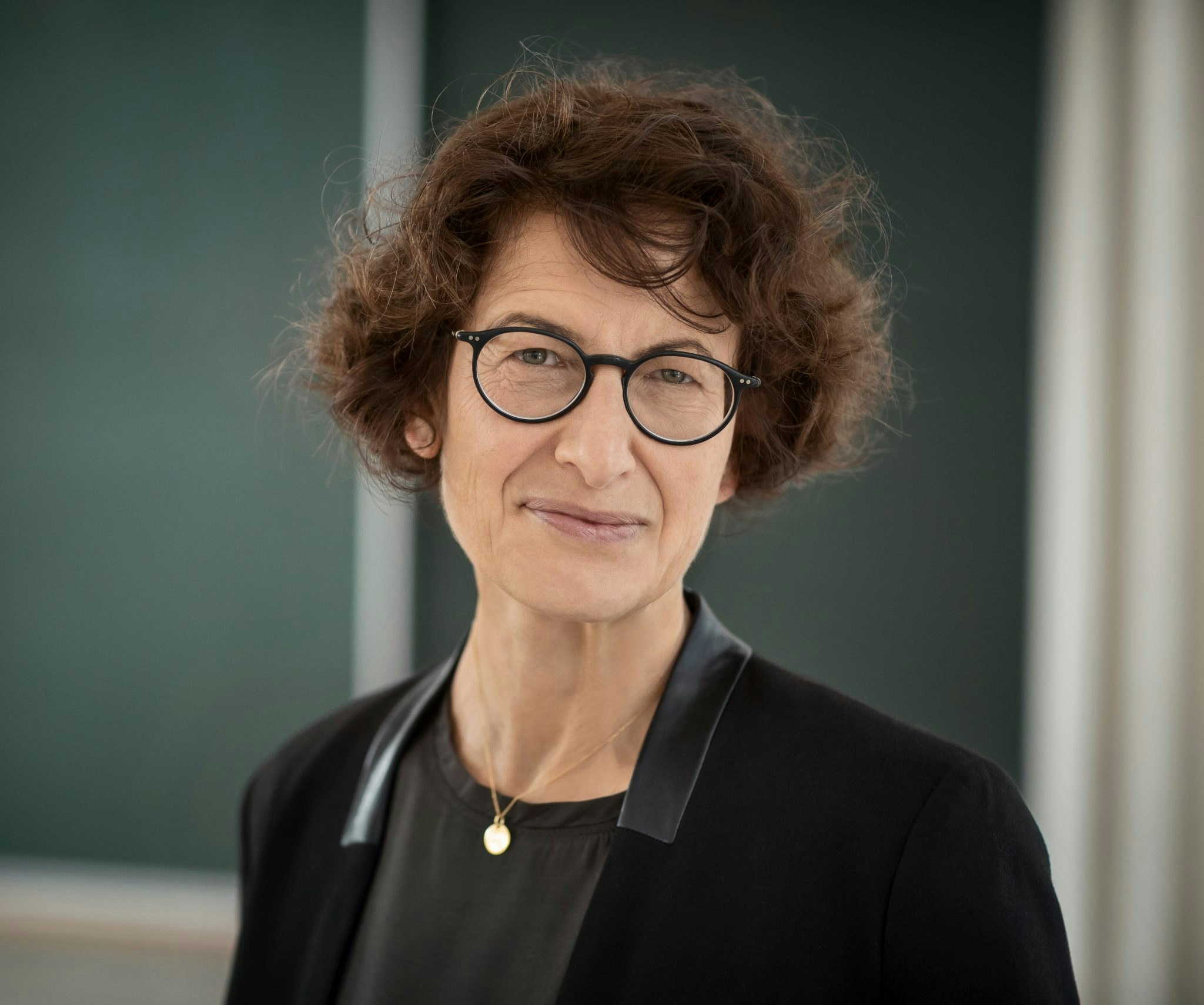Creating WhatsApp groups, building websites and helping broker equipment deals — this is not the traditional scope of work of a pharmaceutical company.
But three years ago, as Swiss pharma company Roche looked for new ways to tackle rare diseases like Huntington’s disease and spinal muscular atrophy (SMA), it realised it had to change the way it operates — being more involved in patient communities and working more collaboratively with patients.
Pharma has been one of the last to let go of the transactional model.
“A few years ago there emerged an understanding that we need to rethink how we approach customers,” says Anne Nijs, who leads the transformation of the Roche rare conditions unit.
“Pharma has been one of the last to let go of the transactional model. But patients are getting more vocal and we need to rethink how we do innovation.”
Why rare diseases are becoming more important for pharma companies
Rare diseases have always been a tricky area for the pharma industry. They typically affect fewer than one in 2k people, and the patient populations were often in the past considered too small for pharmaceutical companies to focus much research and development effort on. Some 90% of rare diseases have no treatments because it was not considered economically viable to make them.
But now, a lot of low-hanging fruit in general medicine has already been picked — there are multiple therapies available for general medical conditions, and so pharmaceutical companies are turning to some of the harder problems, including therapies for rare conditions.
Roche, the world’s largest pharmaceutical company, is best known for its cancer care treatments but is also competing with Biogen and Novartis in treatments for SMA. In August, Roche’s SMA drug Evrysdi received FDA approval after clinical trials showed it helped improve the motor function of patients.
The market for rare disease drugs might be smaller, but often prices are higher, approval can be gained quicker, and companies can keep market exclusivity for longer, making this market interesting for pharma companies. According to a report published by Fortune Business Insights, the market for orphan drugs was worth $151bn in 2019 and is projected to grow to $341bn by the end of 2027.
What was the problem?
One of the biggest challenges with research into rare diseases like SMA is the small number of eligible patients available to enter trials. Timelines can also be very short because of the patient’s age or because they may be deteriorating rapidly.
These are very tight-knit communities. If something happens with a patient in China they know about it in Brussels.
But, says Nijs: “There are very tight-knit communities around rare diseases. If something happens with a patient in China they know about it in Brussels. We wanted to be part of the ecosystem, and to have people who were engaging more holistically with patients.”
The rare conditions team, therefore, has hired 120 patient support partners (known as ‘Rare Conditions Partners’, or RCPs) who mainly come from within the support communities themselves, rather than being a Roche employee parachuted in — “innovation from the outside in” as Nijs puts it. They act as a liaison between Roche and the community. Sometimes it's about trying to find suitable drug trials for patients — but it can involve doing a number of very non-pharmaceutical-related things too.
In one case, for example, the Roche team found that the caregivers of SMA patients in the Middle East were feeling isolated and lacking in support. So the Roche RCP helped the families in the region connect with each other through digital tech. The company has also created the SMA My Way website where patients and their parents can share 'life hacks' that help them live with the condition.
During the Covid-19 pandemic, when patients have been unable to go to hospital for physiotherapy, Roche worked with startup partners to build a virtual physio programme that could be done at home.
In another case, the team brokered collaboration between doctors in Canada and Trinidad that would give Trinidadian clinics resources that would help them treat patients suffering from Huntington’s disease. They also helped start a project to repurpose some of the back braces previously used for scoliosis patients so that they could be used by SMA sufferers in places where hospitals lacked equipment.
None of this involved selling a single drug.
How did Roche handle the cultural change?
It has definitely been a big change, working with a network of organisations, and being led by the rare disease communities, says Nijs. It was a move away from the 'command and control' model that a big corporation like Roche would have traditionally done.
“In the beginning we were seen as an experiment, and people questioned what we were doing. We were questioning longstanding beliefs about how the industry works,” says Nijs. “But gradually the real examples of where we have made a difference to people has made the critics change their minds. Elements of our experiment are already being taken to other areas of the company.”
I have been in the industry for 30 years but I have never learned so much as in the last three.
Internally, she has seven people working for the core transformation team. They are a combination of internal and external hires. The one guiding principal Nijs had for hiring them was that they had to be passionate about what they were doing.
“This turned out to be a good intuitive decision, because when you innovate you will come up against resistance and you need people who can drive through the process,” she says. Passion helps get through the difficult bits.
The whole process has required a transformation for Nijs herself. “I have been in the industry for 30 years but I have never learned so much as in the last three,” she says.
Is it working?
Judging how well the programme is performing is still a work in progress. Part of it involves asking the community if quality of life is improving for people, and tuning into what is being said on social media.
Reporting back to the rest of the business can be a challenge because it isn’t a case of simply presenting sales numbers. Nijs has had to become good at “coming back with beautiful stories” to tell the rest of the businesses.
The benefits Roche hopes to get include faster rates of innovation as a result of working more closely with the rare disease communities — whether it is being able to recruit better for clinical trials, or getting insights from patients.
“We need to accelerate the R&D engine, and that will come from closer partnerships with patients and partners,” says Nijs.
Organisations that are truly built around customers are going to have better financial results.
But there is also a benefit to the people working at Roche. Very customer-centred projects like these give employees a sense of purpose. Pharmaceuticals companies, at their core, are about trying to help people overcome illnesses. But as companies have grown into huge, bureaucratic corporations, individuals can feel very disengaged from that purpose. It can feel like the whole thing is just a profit-making machine.
Nijs is inspired by Friedrich Laloux’s 2014 book Reinventing Organisations, which describes how a majority of employees have come to feel disengaged from their companies — and how to combat that. When setting up the transformation team, she took inspiration from companies like Zappos, a US ecommerce startup, famous for its customer-first attitude. Companies where people feel a sense of purpose find it easier to recruit staff and retain them.
And while all this can sound quite fluffy and altruistic, Nijs is pretty clear that this isn’t just a charity exercise.
“In the end,” she says, “organisations that are truly built around customers are going to have better financial results.”


